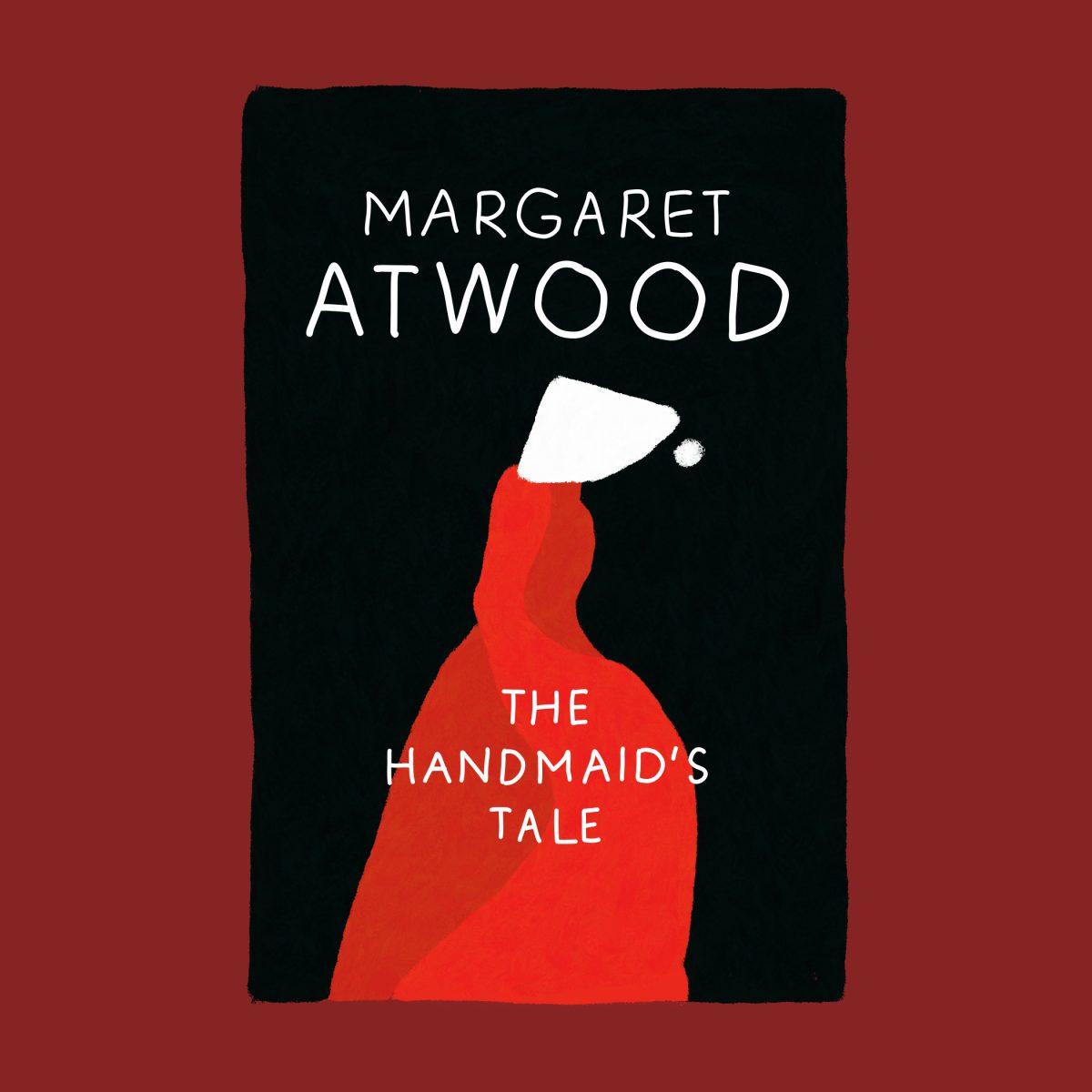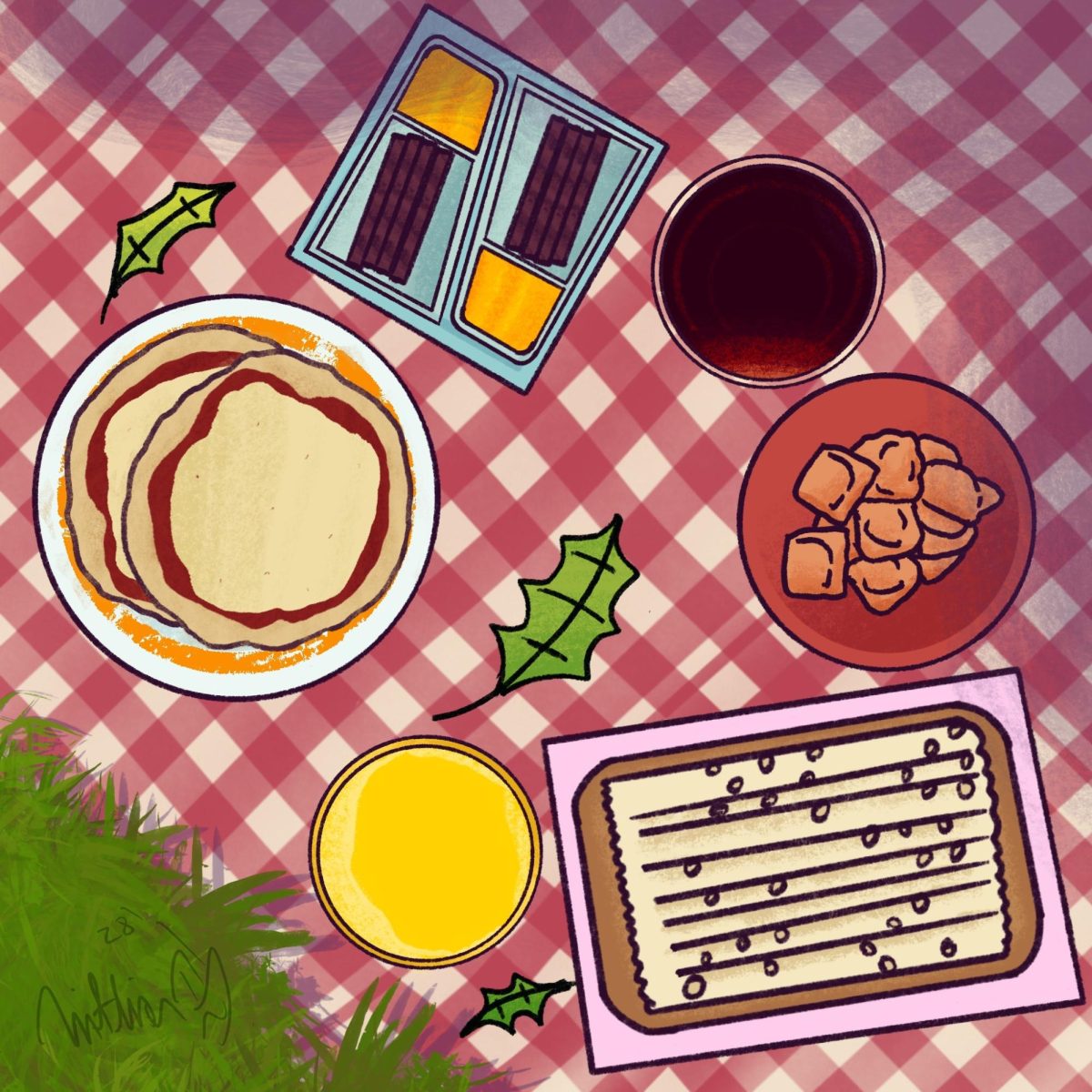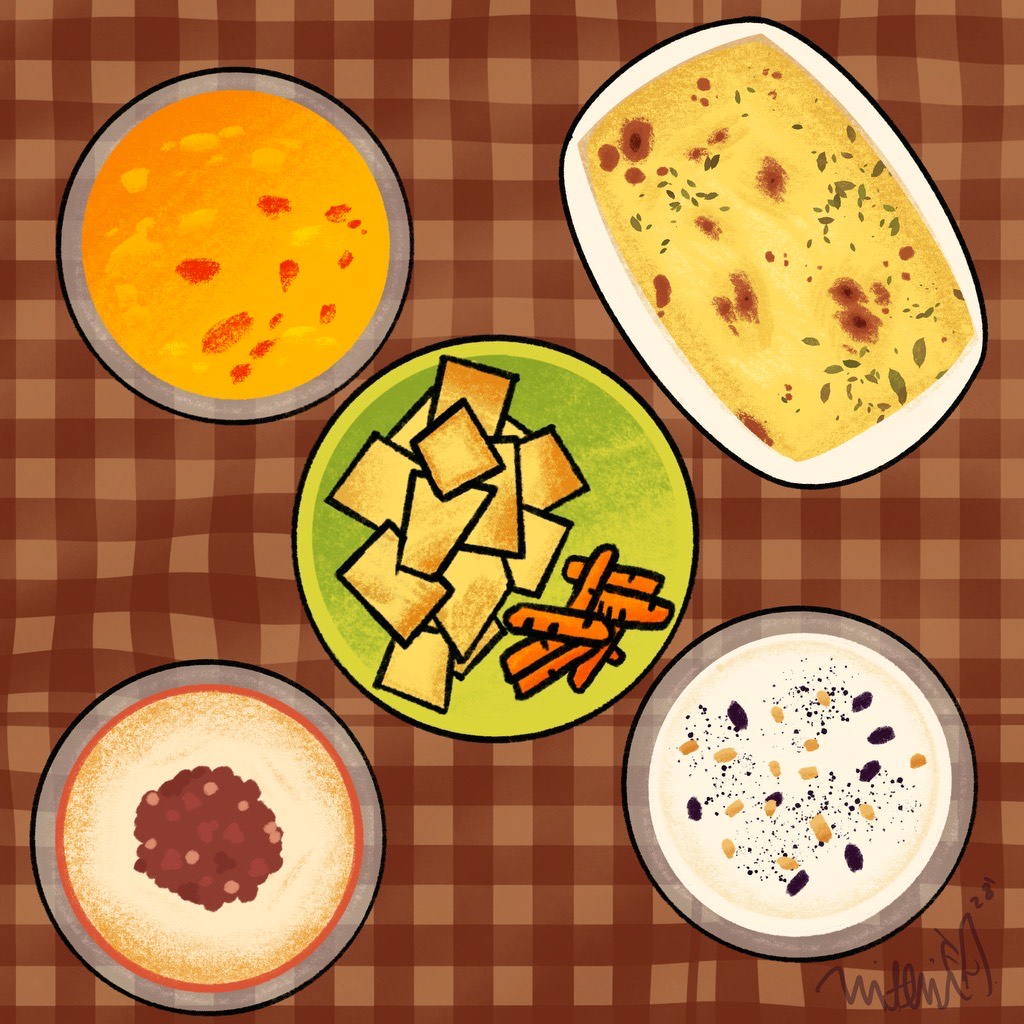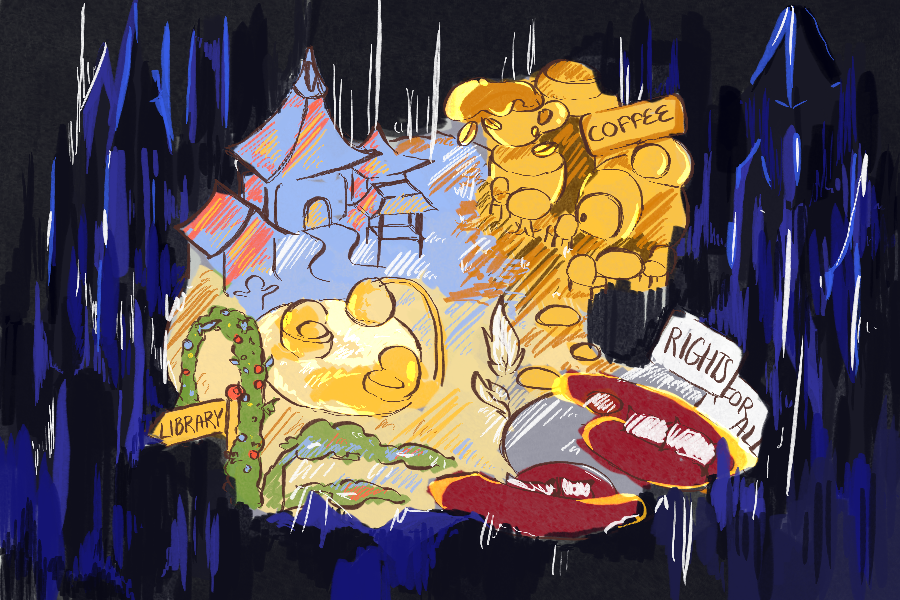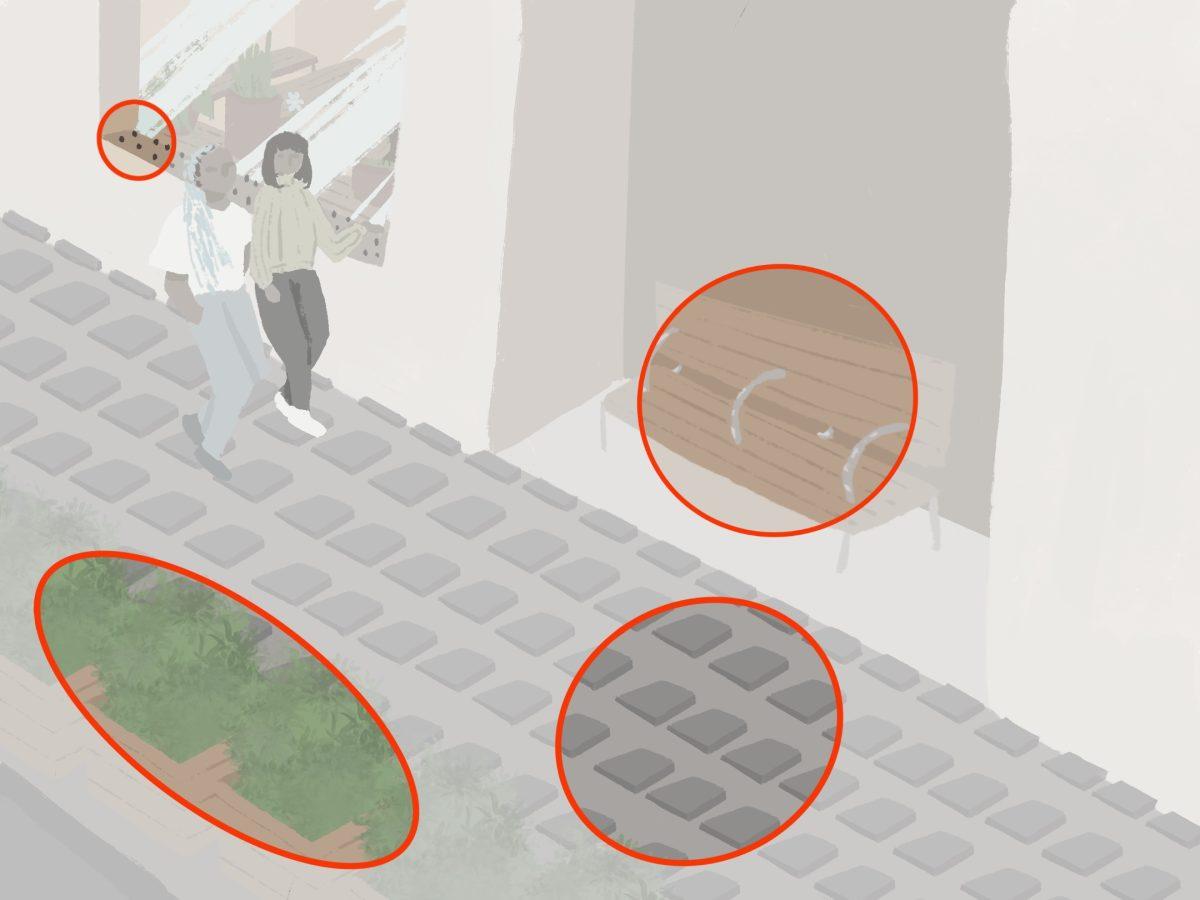by Isha Karim (’22) | October 11, 2021
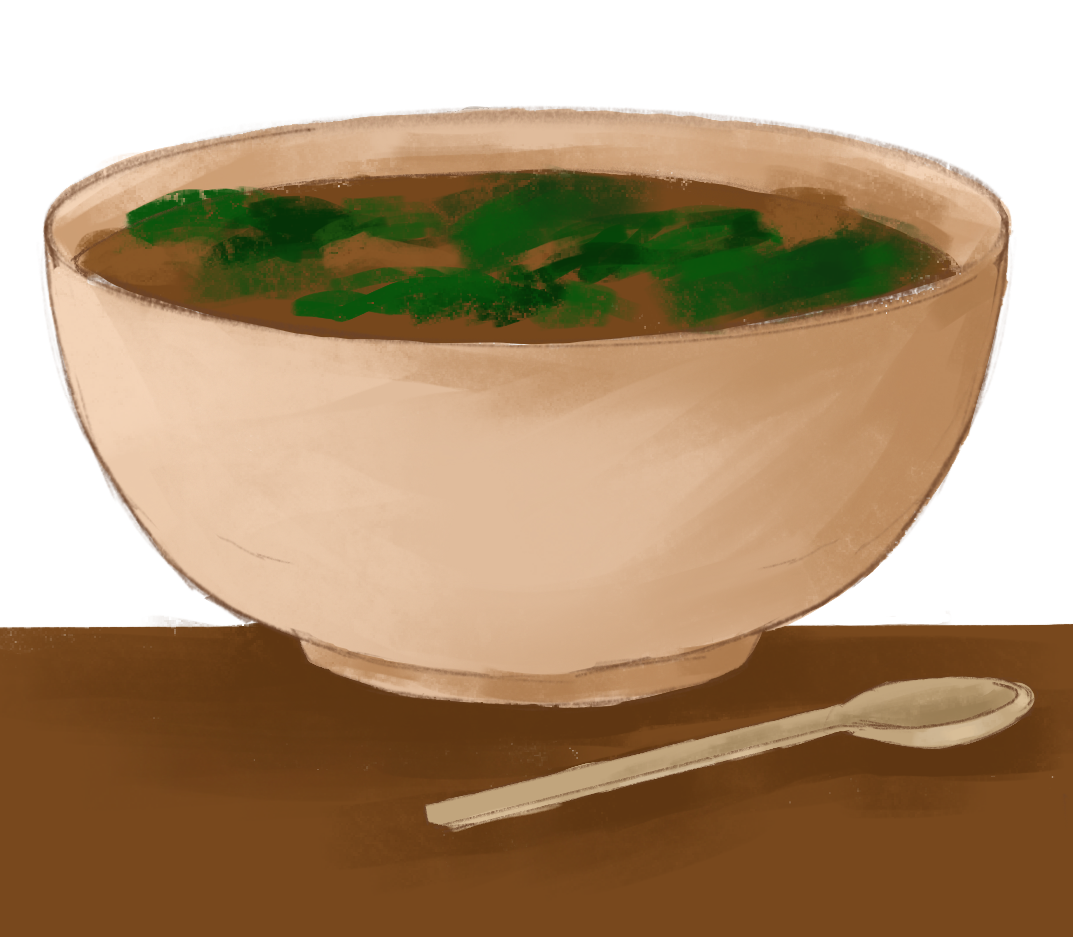
Soup really is a culinary masterpiece. Both the end product itself and the process of making it take me back to my childhood and cold evenings. It’s the perfect remedy for anything from a cold to a heartbreak, and I willingly swear by its transformative capabilities. With autumn rolling in and slow cooked recipes being perfect for this time of year, we find ourselves turning to soup for a quick, hearty meal. There is nothing more picturesque than a pot of bubbling broth waiting to be ladled into a bowl (I always burn my fingers at this point). And with my arsenal of vegetables, I tried my hand at the Lebanese molokhia soup, with my own vegetarian twist.
Actually, molokhia is a leafy green vegetable, used extensively in the Middle East and East Africa, and more commonly known to English speakers as jute. While I can’t say that my garden at home grows this vegetable on a regular basis, I did visit my friend, whose family is from Egypt, to borrow some of their stock. However, you can use kale or spinach instead, or visit a specialized Middle Eastern grocery store.
After sauteeing onions and garlic with cauliflower (you can swap this out for the traditional chicken), I coated my mixture with kepsa, a Gulf-style spice blend primarily featuring cumin). Kepsa is absolutely delicious: it has just the perfect ratios of cinnamon and cumin to taste just different enough from similar blends. Following that, I added vegetable broth to the browned mixture and let it sit covered for fifteen minutes. Once the soup was aromatic, I added in my frozen molokhia leaves and more sauteed garlic. After about five minutes stirring constantly, I took my pot off the heat and squeezed the juice of a halved lime.
There are many words I could use to describe how gratifying this soup is— in fact, I would call it a soup experience. The cauliflower gave the broth a meaty flavor, perfect for autumn, and I was unbelievably surprised by the molokhia. Although spinach and kale may be adequate substitutes, I feel that nothing compares to the rustic heartiness of the jute. You can dress this soup up with a lightly flavored olive oil, or keep it simple with a squeeze of lime (I find the acidity cuts through nicer than a lemon).
“Rustic,” a word often used euphemistically to mean “it may not look all that neat, but I swear it’s great,” is quite fitting for this dish. The cauliflower, combined with its homely aesthetic, makes this vegetarian molokhia perfect for an autumnal night or two. With a heap of rice on the side, this dish makes for an even better experience. You can use any long grain white rice (I used jasmine) served plain or flavored. Because I wanted to impress my friends (perhaps cooking rice can be the new breaking bread), I cooked my rice with saffron and mint in a half-and-half broth and water mixture. Optionally, you can add in peas or lima beans, or even flavor with cilantro instead. If you’re looking to serve your rich molokhia soup with a starchy base, I’d recommend plain rice or a thick chunk of any unflavored bread.
If you are looking to switch up your standard (but gratifying) tomato soup, I’d recommend the subtle, spicy flavors of this Lebanese fan favorite. Molokhia is for all palates, despite the Scoville levels, because you can play with the ratios and make it perfect for you. To put it simply, this utterly delectable soup satisfied me. Good food makes us smile, but great food gives us a hug. And this is a hug from my kitchen to yours.






























